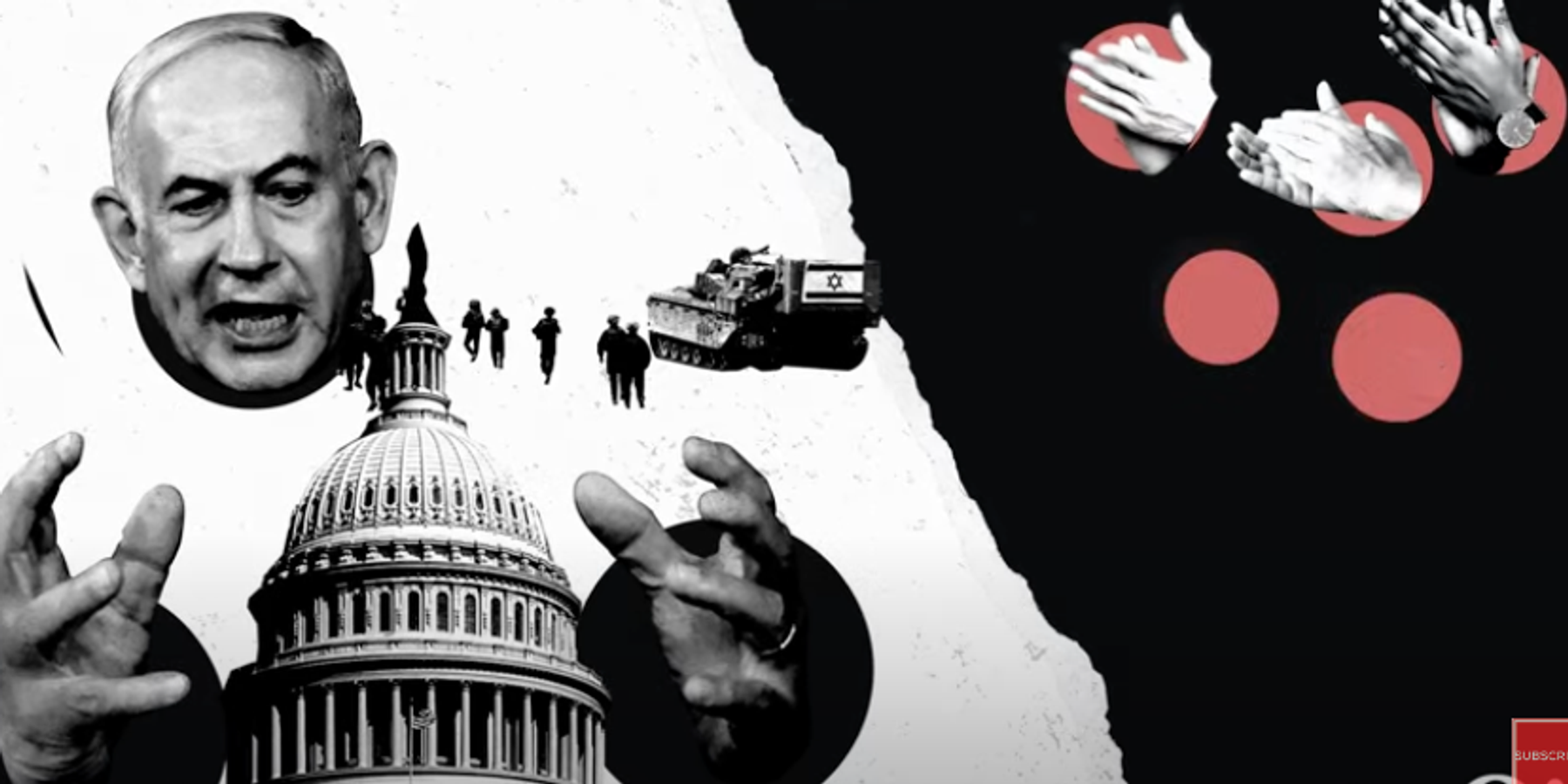Oct 15, 2024
It's been one year since Israel invaded Gaza in its campaign to destroy Hamas in the wake of the Oct. 7 attacks. Since then, the Biden Administration has given Prime Minister Benjamin Netanyahu's government everything it wanted and has posed little resistance as the Israeli military has killed more than 42,000 people, mostly civilians, destroyed most of the buildings and infrastructure,, and created one of the worst humanitarian crises in recent memory. The word "ceasefire" is increasingly absent from Biden's public remarks or the White House briefing room.
A new video, produced by the Quincy Institute, puts these grim statistics in sharp relief.
From Your Site Articles
- American doctors who worked in Gaza: No more bombs to Israel ›
- Is Israel intentionally attacking aid workers? ›
- Gaza breakdown: 20 times Israel used US arms in likely war crimes ›
Related Articles Around the Web
















